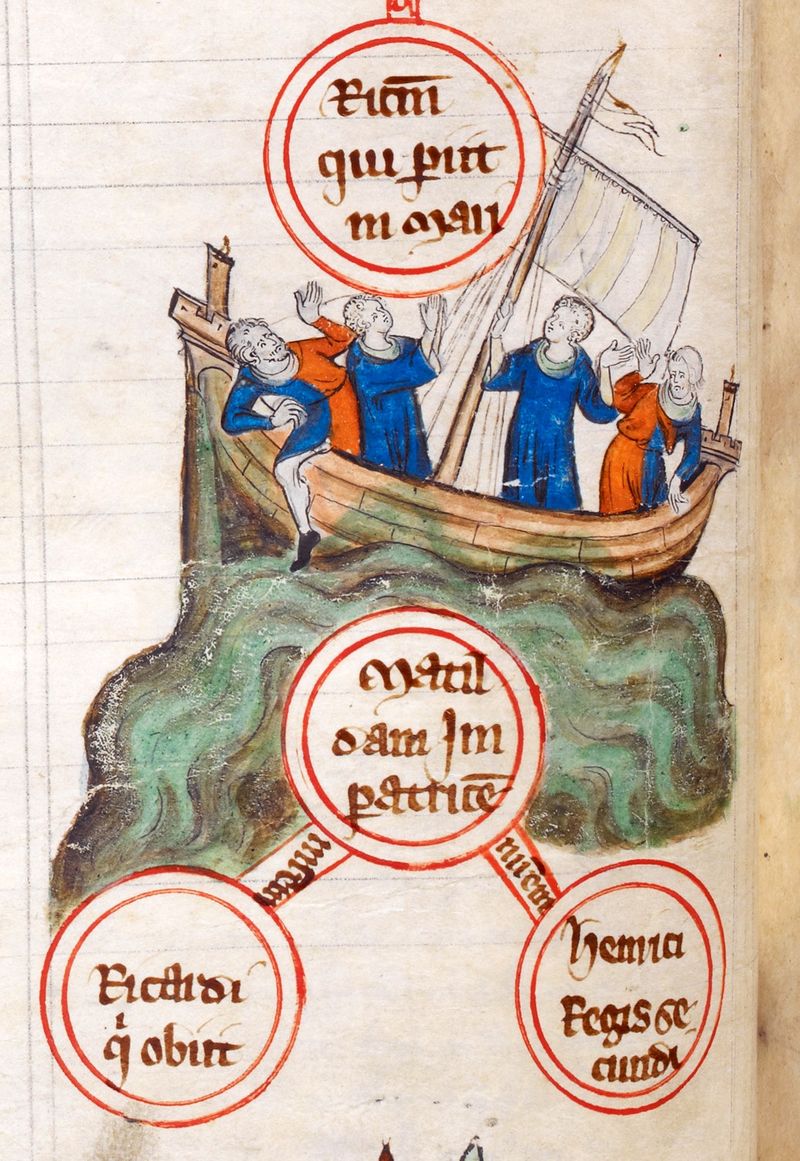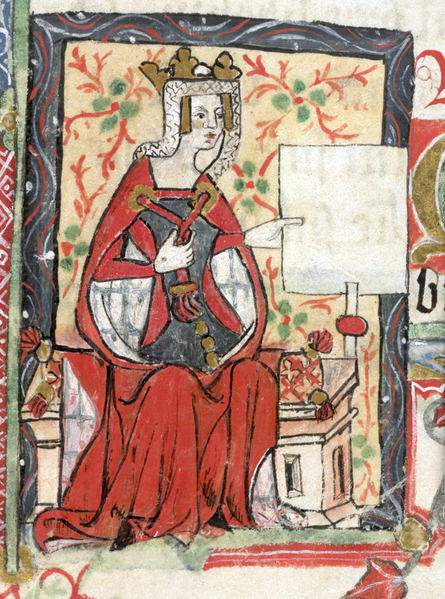by Susan Flantzer
© Unofficial Royalty 2022

Coat of Arms of William I, Count of Boulogne; Credit – By Own work + elements from Sodacan, CC BY-SA 4.0, https://commons.wikimedia.org/w/index.php?curid=95285554
Born circa 1137, William of Blois, Count of Boulogne was the youngest of the five children and the third but the second surviving of the three sons of Stephen I, King of England (born Stephen of Blois) and Matilda I, Countess of Boulogne in her own right. Boulogne was a county within the Kingdom of France from 896 – 1501, centered on the city of Boulogne-sur-Mer, a coastal city in Northern France.
William’s paternal grandparents were Stephen II, Count of Blois and Adela of Normandy and England, a daughter of William I, King of England (the Conqueror). His maternal grandparents were Eustace III, Count of Boulogne and Mary of Scotland, daughter of King Malcolm III of Scotland and Saint Margaret of Scotland, born an Anglo-Saxon princess.
William had four elder siblings:
- Baldwin of Blois (circa 1126 – 1135), died in childhood
- Eustace (of Blois) IV, Count of Boulogne (c. 1129 – 1153) married Constance of France, no children
- Matilda of Blois (circa 1133 – circa 1137), died in childhood
- Marie of Blois, Countess of Boulogne (circa 1136 – 1182) married Matthew of Alsace, had two daughters
Circa 1148 – 1149, William married Isabel de Warenne, 4th Countess of Surrey in her own right. Isabel was the only child of William de Warenne, 3rd Earl of Surrey and Adela of Ponthieu. Isabel’s father had died in 1148 at the Battle of Mount Cadmus during the Second Crusade and she inherited his earldom of Surrey. Upon his marriage, William became Earl of Warenne jure uxoris (by right of his wife. As a result of his marriage, William became one of the richest barons in England. This marriage was also strategic because it allowed King Stephen to increase his control in England since the Warenne lands included more than 200 manors in Sussex Norfolk, Yorkshire, and many other English counties. William and Isabel did not have children.

The sinking of the White Ship; Credit – Wikipedia
In 1120, a terrible tragedy caused a succession crisis in England. The White Ship, carrying King Henry I of England’s only legitimate son William Ætheling, sank as it left France to sail to England, and William Ætheling was among the estimated 300 passengers who drowned. Empress Matilda was then King Henry I’s only legitimate child. On Christmas Day in 1126, Henry I had his barons swear to recognize his only surviving legitimate child Empress Matilda, and any future legitimate heirs she might have as his successors.
Stephen of Blois and his wife Matilda of Boulogne stayed close to his maternal uncle King Henry I and spent much time in England realizing that Stephen was very close to the throne. Stephen’s mother Adela of Normandy and England was the daughter of William I, King of England (the Conqueror). Henry I’s daughter Empress Matilda had left England as a child to marry Holy Roman Emperor Heinrich V. The marriage was childless and Holy Roman Emperor Heinrich V died in 1125. After her husband’s death, Empress Matilda went to the royal court in the Duchy of Normandy (Kings of England were also Dukes of Normandy). Eventually, King Henry I made arrangements for his daughter to marry Geoffrey V, Count of Anjou in 1128. Empress Matilda and Geoffrey did not get along and their marriage was stormy with frequent, long separations but they did produce three sons, including Henry FitzEmpress, the future Henry II, King of England.

William’s father King Stephen of England; Credit – Wikipedia
On December 1, 1135, King Henry I of England died. His nephew Stephen of Blois quickly crossed over the English Channel from the County of Boulogne, now in France, to England, accompanied by his military household. With the help of his brother Henry of Blois, Bishop of Winchester, Stephen seized power in England and was crowned King of England on December 22, 1135. However, Empress Matilda did not give up her claim to England and Normandy, leading to the long civil war known as The Anarchy between 1135 and 1153.

Empress Matilda; Credit – Wikipedia
Geoffrey of Anjou, Empress Matilda’s husband, began a systematic conquest of the Duchy of Normandy. By 1143, Geoffrey secured all of Normandy west and south of the Seine River and he then assumed the title of Duke of Normandy. Geoffrey held the duchy until 1149 when he and Empress Matilda ceded it to their son Henry FitzEmpress. In 1151, William’s brother Eustace and King Louis VII of France launched an invasion of the Duchy of Normandy. However, they were defeated by the troops of Henry FitzEmpress.
At a council held in London on April 6, 1152, King Stephen asked the barons to recognize his eldest son Eustace as their next king and to pay him homage. He wanted to follow the French practice of ensuring the succession by declaring his heir Eustace the junior king. The barons refused. By the early 1150s, after years of civil war, the barons and church leaders wanted long-term peace. Theobald of Bec, Archbishop of Canterbury refused to grant Stephen’s request to crown Eustace and Pope Eugene III refused to recognize Eustace as Stephen’s successor.
William’s mother Matilda I, Countess of Boulogne in her own right died on May 3, 1152, and her eldest son succeeded her as Eustace IV, Count of Boulogne. On August 17, 1153, Eustace, aged about twenty-three, died suddenly and William became Count of Boulogne. William was also the heir to the English throne for a short time. Shortly after Eustace’s death, on December 25, 1153, William’s father King Stephen and Henry FitzEmpress reached a formal agreement known as the Treaty of Wallingford. The treaty allowed King Stephen to keep the English throne until his death but forced him to recognize Empress Matilda’s son Henry FitzEmpress as his heir. Henry FitzEmpress guaranteed that William, Count of Boulogne would retain his possessions in England and Normandy, the lands of the House of Boulogne, and the lands of the House of Warenne.
William’s father King Stephen survived for a little more than a year after the death of Eustace, dying on October 25, 1154. A line of fourteen Plantagenet kings who ruled England until 1485 started with Henry FitzEmpress, now King Henry II of England. William did not attempt to oppose Henry II’s accession to the English throne. For the rest of his life, William remained loyal to King Henry II.
In 1159 William accompanied King Henry II on an unsuccessful invasion of the County of Toulouse, now in France. William died October 11, 1159, aged circa twenty-two, from an illness on the return trip to England, while still in the County of Toulouse. He was buried at the Abbey of Montmorel (link in French) in the Duchy of Normandy, now in France.
With William’s death, King Stephen’s male line died out. The County of Boulogne and other possessions of the Boulogne family were inherited by William’s only surviving sibling Marie of Blois who became Countess of Boulogne in her own right. In 1164, King Henry II arranged for William’s widow Isabella de Warenne to marry Hamelin of Anjou, the illegitimate son of Geoffrey V, Count of Anjou. Hamelin was, therefore, the half-brother of King Henry II and the uncle of his sons King Richard I and King John, and was prominent at their courts. Hamelin adopted the surname de Warenne, as did his descendants. Isabel and Hamelin had one son and three daughters. Isabel survived her first husband William of Blois, Count of Boulogne by forty-four years, dying on July 12, 1203, aged about sixty-six.
Sharon Kay Penman’s excellent historical fiction novel When Christ and His Saints Slept deals with The Anarchy and most of the historical figures mentioned here are characters.
This article is the intellectual property of Unofficial Royalty and is NOT TO BE COPIED, EDITED, OR POSTED IN ANY FORM ON ANOTHER WEBSITE under any circumstances. It is permissible to use a link that directs to Unofficial Royalty.
Works Cited
- En.wikipedia.org. 2022. Isabel de Warenne, Countess of Surrey – Wikipedia. [online] Available at: <https://en.wikipedia.org/wiki/Isabel_de_Warenne,_Countess_of_Surrey> [Accessed 19 July 2022].
- En.wikipedia.org. 2022. William I, Count of Boulogne – Wikipedia. [online] Available at: <https://en.wikipedia.org/wiki/William_I,_Count_of_Boulogne> [Accessed 19 July 2022].
- Flantzer, Susan, 2016. King Stephen of England. [online] Unofficial Royalty. Available at: <https://www.unofficialroyalty.com/king-stephen-of-england/> [Accessed 19 July 2022].
- Flantzer, Susan, 2014. Matilda of Boulogne, Queen of England. [online] Unofficial Royalty. Available at: <https://www.unofficialroyalty.com/may-3-1152-death-of-matilda-of-boulogne-wife-of-king-stephen-of-england/> [Accessed 19 July 2022].
- Flantzer, Susan, 2015. The Sinking of the White Ship and How It Affected the English Succession. [online] Unofficial Royalty. Available at: <https://www.unofficialroyalty.com/november-25-1120-the-sinking-of-the-white-ship-and-how-it-affected-the-english-succession/> [Accessed 19 July 2022].
